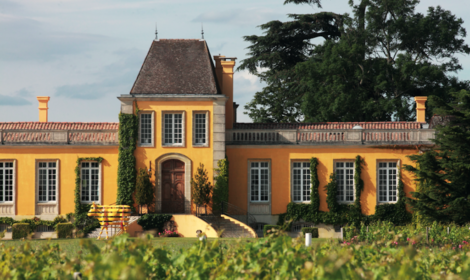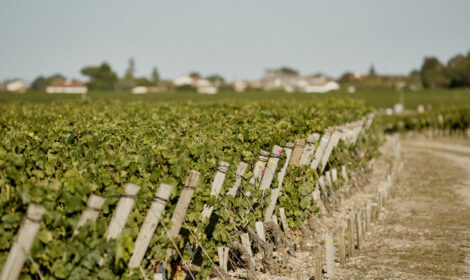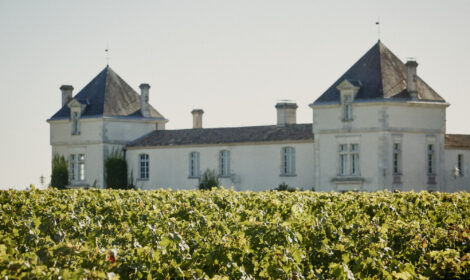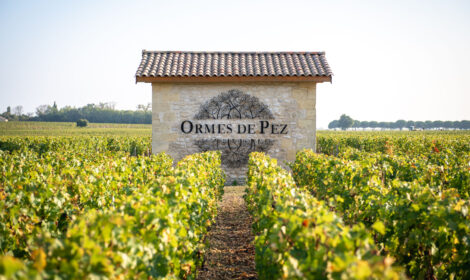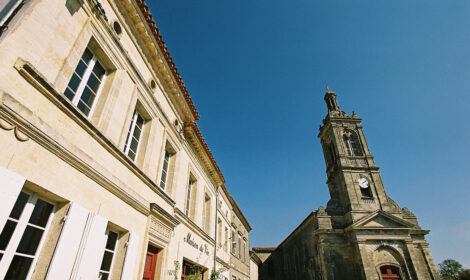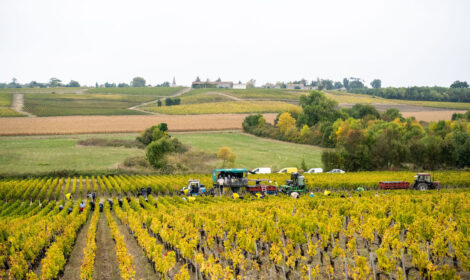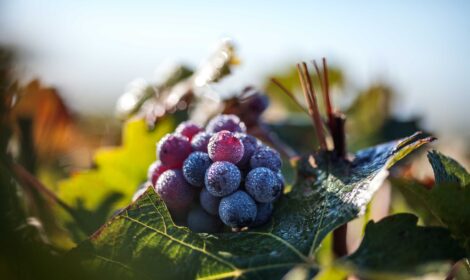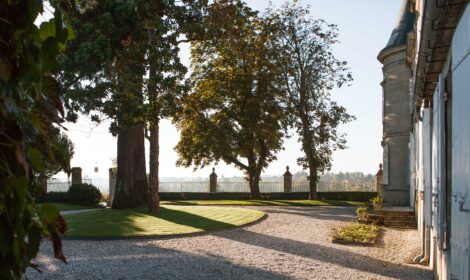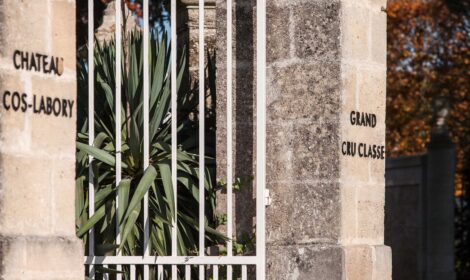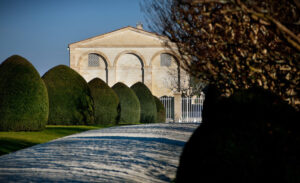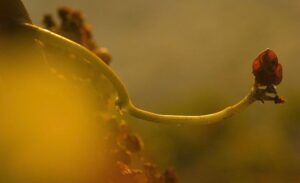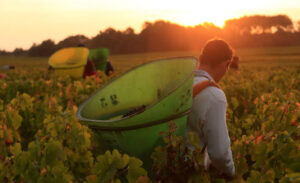6 facts you (probably) did not know about the Saint-Estèphe appellation…
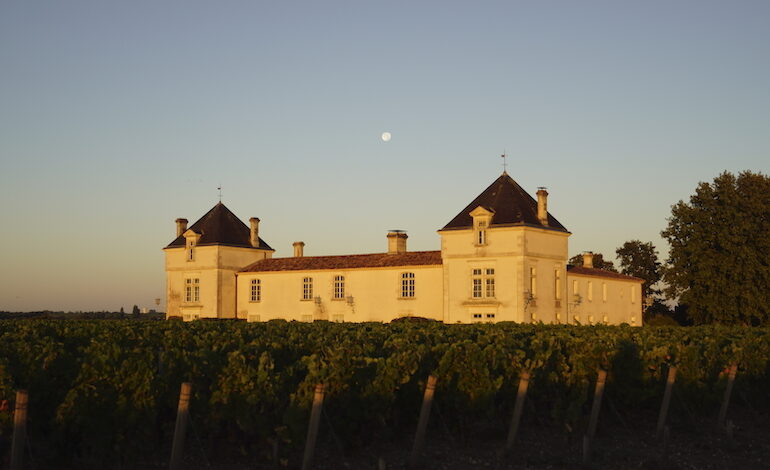

It is the northernmost of all classified appellations in the Médoc. Situated 55 kilometres (34 miles) north of Bordeaux on the banks of the Gironde Estuary, Saint-Estèphe produces characteristic wines that express their unique terroir. Discover the 6 facts you should know about this appellation.
Saint-Estèphe has not always been called Saint-Estèphe
In the Gallo-Roman period, Saint-Estèphe was known as Calones. This name comes directly from the “calon”, a long, flat-bottomed boat that used to cruise along the Gironde River. In the Middle Ages, Calones was renamed Saint-Estèphe de Calones (undoubtedly a deformation of Saint-Etienne, which became Estèphe in the local dialect). In the end, only the name Saint-Estèphe stood the test of time. That does not mean that the “calon” has completely disappeared from the local landscape or culture! Intrinsically linked to the village history, it was only natural that the Ségur family, who were winegrowing pioneers in the 18th century, affixed Calon to their surname and founded the famous Château Calon-Ségur!
An appellation with a unique terroir
The Saint-Estèphe terroir is characterised by its wide variety of subsoils. On the seven kilometres of slopes and plateaux that constitute the appellation, well-drained gravel rises combine with clay-limestone soils, in varying proportions depending on their location within the appellation. But what makes this terroir dating back to the Quaternary period unique is the “Saint-Estèphe” marine limestone composed of echinoderms and other marine fossils, as well as characteristic local mollusc specimens. It is perfect for draining water. The most diverse terroir in the Médoc region, it naturally produces wines with a wide range of nuances and plenty of character, reminiscent of the winegrowers themselves.
Wine as a peace offering
In a hamlet located to the west of the village of Saint Estèphe, two châteaux produce remarkable wines: Château de Pez and Château Ormes de Pez. The first is one of the oldest winegrowing estates in the Saint-Estèphe appellation. Despite being built in the 15th century, it wasn’t until the 16th century that it attained its reputation, thanks to the Pontac family. The second has shaped the viticultural landscape of the Médoc since the 18th century and owes its name to a magnificent elm grove, which has since been cut down. The fact that both châteaux have fared well is proof of the positive atmosphere in the hamlet of Pez. In fact, in Médoc patois, pez means peace. Pez and Ormes de Pez thus produce wines that serve as the perfect peace offering!
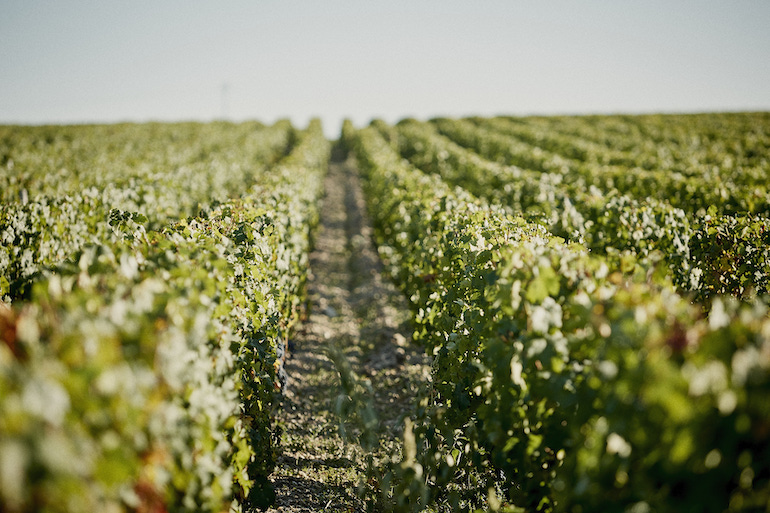
A stream runs through it…
Many things are complicated in life. But travelling from Saint-Estèphe to Pauillac is not one of them. If fact, reaching one village from the next could not be easier! To get to Pauillac from Saint-Estèphe, simply cross a stream, known as the Jalle du Breuil, which separates the vines of Cos Labory and Lafite Rotschild. This means that despite standing barely one hundred metres apart, the latter is nevertheless located in Pauillac! Once past the stream, another world unfolds before the curious onlooker. Visitors will discover an uneven, hilly terrain and embark on a gentle ascent towards Le Cos (“stony hill”), the cradle of Cos Labory and Cos d’Estournel.
A rising star
Saint-Estèphe is only home to five growths in the 1855 classification (Cos d’Estournel, Montrose, Calon-Ségur, Lafon-Rochet and Cos Labory). It is fairly small compared to the other Médoc appellations, particularly Pauillac and Margaux. For a long time, Saint-Estèphe was considered by some to be the poor relation of the Médoc appellations. Is this due to its (relative) distance from Bordeaux? Or the archetypal hardness, virility, and rustic character of its wines? “Saint-Estèphe is the forgotten land”, Thierry Gardinier, former estate owner of Phélan-Ségur commented in L’Express news magazine. However, Saint Estèphe has always had great admirers, including several prominent figures in the Bordeaux wine region. Take the Pontac family, for instance, who founded Haut-Brion and settled in the Pez Seigneury in the 16th century. Or Alexandre de Ségur, President of the Bordeaux Parliament and owner of Châteaux Lafite and Latour in the 18th century, who declared his love for the Calon-Ségur estate, which he purchased: “I make wine at Lafite and Latour, but my heart is in Calon.” What about Louis-Gaspard D’Estournel? Nicknamed the Maharadjah, he was completely smitten by the terroir and entirely devoted to Château Cos D’Estournel, which he founded in the 19th century.
Despite the deep-rooted attachment of influential celebrities (President Mitterrand was also fond of the appellation’s wines), Saint-Estèphe received little attention for many years. However, things started to change around the late 1980s. The appellation began its transformation by giving pride of place to Merlot and Cabernet Sauvignon. Since then, Saint-Estèphe has acquired a fine reputation, while still preserving its typical character and outgoing personality. It is a real tour de force. Nowadays, no-one perceives the appellation as a forgotten land!
The Irishman
The history of the Médoc region is intrinsically linked to Ireland, as reflected in names such as Dillon, Lynch, Kirwan, and Barton. Saint-Estèphe is no exception. The story began in the late 18th century, when Bernard O’Phelan, a young Irish wine merchant, left his hometown of Tipperary and set sail for Bordeaux. Phelan married the daughter of a Bordeaux wine merchant in Gironde. He then decided to purchase land and transition from brokering to winemaking. After Clos Garramey in 1805, Domaine de Ségur de Cabanac fell under his control in 1810. He soon merged both estates, which became Château Phélan Ségur nearly a century later! Here, the Irish spirit has always been characterised by an avant-gardist approach. Consequently, the Phélans did not shy away from defying the architectural norms and traditions of the time by building a château devoted to winemaking, with the vat room and cellar taking centre stage. This highly unusual architectural ensemble is still the hallmark of the château today.
Infographic
1,236 hectares under vine (8% of the Médoc wine region)
Members of the Union des Grands Crus de Bordeaux:
Château Cos Labory, Château Lafon-Rochet, Château Ormes de Pez, Château de Pez, Château Phélan Ségur.
Authorised yield: 60 hl/ha
